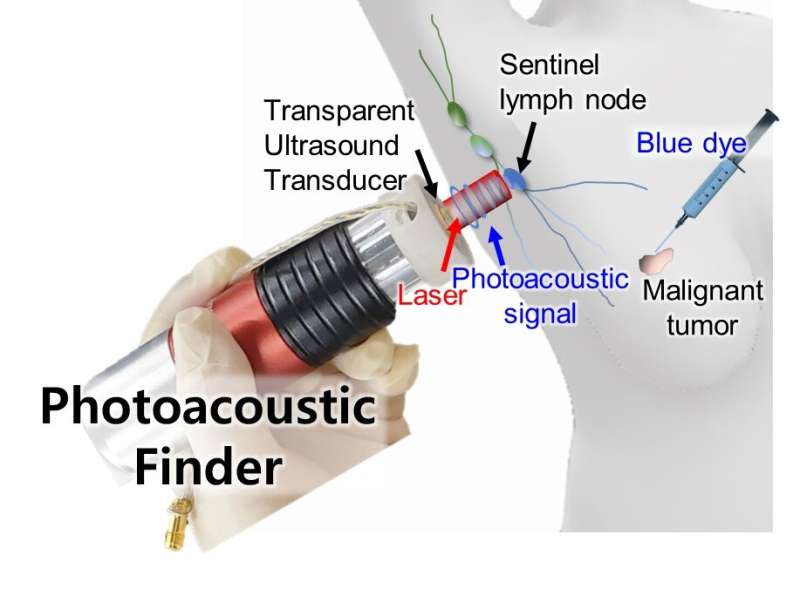aborto con cytotec oral


Massaging the upper arm is known to relieve the body of swelling by stimulating the lymph nodes that process toxins in our body. Cancers such as breast cancer and melanoma metastasize primarily through lymphatic system, so knowing the condition of the lymph nodes is essential in accessing the stage and prognosis of the cancer. Recently, a research team at POSTECH has developed a handheld photoacoustic finder that can help examine lymph node conditions without radiation exposure.
A research team led by Professor Chulhong Kim of POSTECH’s Department of Electrical Engineering, Convergence IT Engineering, buy cheap zyprexa no prescription usa and Mechanical Engineering, Dr. Byullee Park, and Ph.D. candidates Moongyu Han and Jeongwoo Park in collaboration with WONTECH Co., Ltd. has developed a handheld photoacoustic finder (PAF) equipped with a solid-state dye laser and a transparent ultrasound transducer (TUT). Unlike conventional gamma probes, this non-radioactive PAF eliminates the risk of exposure to radiation and the need for special facilities, and allows repeated usage which is cost-effective. The findings from this study were recently published in Photoacoustics, an international journal ranked in the top 0.78% in the field.
In general, sentinel lymph node (SLN) biopsy around the cancer is performed to assess the metastasis in breast cancers and melanoma. This is because the SLN is the first gateway for tumors to travel to the lymph nodes. However, since conventional biopsies use radioisotopes to find the SLN, patients and physicians are inevitably exposed to radiation and the procedure requires a special facility to access radioactive materials.
To this, the research team coaxially aligned a spherically focused TUT (a device that converts electrical signals into ultrasonic waves or receives ultrasonic waves into electrical signals) with the solid-dye laser handpiece (a medical laser commonly used for skin treatment in dermatology). A photoacoustic signal is generated when a laser is irradiated to a colored area and is detected by an ultrasonic transducer. Conventional ultrasonic transducers are opaque, making coaxial coupling with lasers impossible. However, using the TUT technology acquired by the research team, a laser and an ultrasonic transducer are coaxially integrated into one small handpiece to easily detect photoacoustic signals.
Using the photoacoustic finder, the researchers successfully located the SLN in the under arm of a mouse placed under a chicken breast after injecting blue dye into the mouse. In addition, the photoacoustic finder also detected melanoma in a mouse subcutaneously injected with melanoma (malignant cancer) placed under a chicken breast, confirming that the finder can be used to detect colored malignant tumors.
“We believe the photoacoustic finder (PAF) system we have proposed is the first portable photoacoustic sensing tool for SNL localization,” explained Professor Chulhong Kim who led the study. “This research shows great potential to be helpful in detecting SLN or melanoma without using radioactive substances in the future.”
Source: Read Full Article